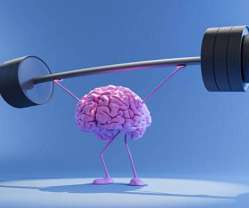Protecting Product and Packaging Designs in China Part II – Copyright
LexBlog IP
MAY 18, 2022
8) computer software; and (9) other intellectual achievements conforming to the characteristics of the works.” The term of protection in China is the life of the author plus 50 years for individual authors or 50 years from the first publication of the work for legal entities, unless otherwise provided. copyright law.












Let's personalize your content